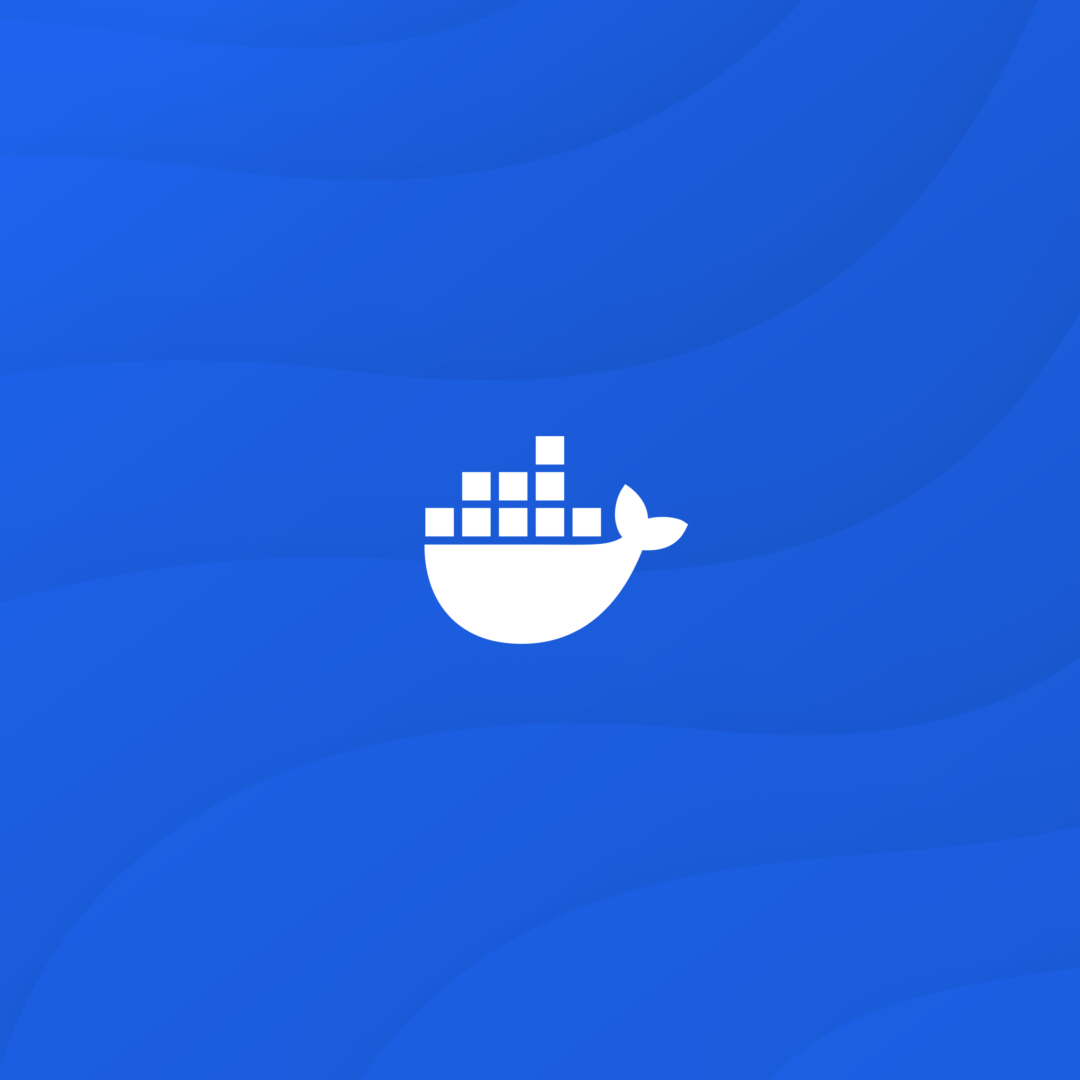Docker announces significant upgrades to its subscription plans, delivering more value, flexibility, and tools for customers of all sizes.
Docker Blog
How to Dockerize a React App: A Step-by-Step Guide for Developers
We show how to dockerize a React app to streamline your development process, eliminate “it works on my machine” problems, and ensure seamless deployments.
Beyond Containers: Unveiling the Full Potential of Docker for Cloud-Native Development
Learn about what Docker does as a suite of software development tools to enhance productivity, improve security, and integrate seamlessly with CI/CD pipelines.
A Beginner’s Guide to Building Outdoor Light Shows Synchronized to Music with Open Source Tools
A Docker staff solutions architect shares their experience building DIY holiday light displays synchronized to music, offering a step-by-step guide for anyone looking to create their own dazzling show.
Enhancing Container Security with Docker Scout and Secure Repositories
Discover how Docker Scout integrates with secure container repositories to ensure vulnerability-free and compliant images in highly secure environments.
Docker Desktop 4.36: New Enterprise Administration Features, WSL 2, and ECI Enhancements
Learn about new features in Docker Desktop 4.36, including Desktop Settings Management and improvements to Enhanced Container Isolation and WSL 2.
What Are the Latest Docker Desktop Enterprise-Grade Performance Optimizations?
Discover the latest enterprise-grade performance optimizations in Docker Desktop, including Docker VMM for Apple Silicon, synchronized file sharing, and expanded support for RHEL and Windows Arm, all designed to deliver faster, more reliable development workflows.
Extending the Interaction Between AI Agents and Editors
We explore the interaction of AI agents and editors by mixing tool definitions with prompts using a simple Markdown-based canvas.
Docker Navigator: Unlock New Docker Desktop Features, Boost DevOps Automation, and a Buyer’s Checklist
Get the latest on Docker Desktop updates, advanced DevOps automation tips, and best practices for configuring your Dockerfiles.
